Latest DePIN News
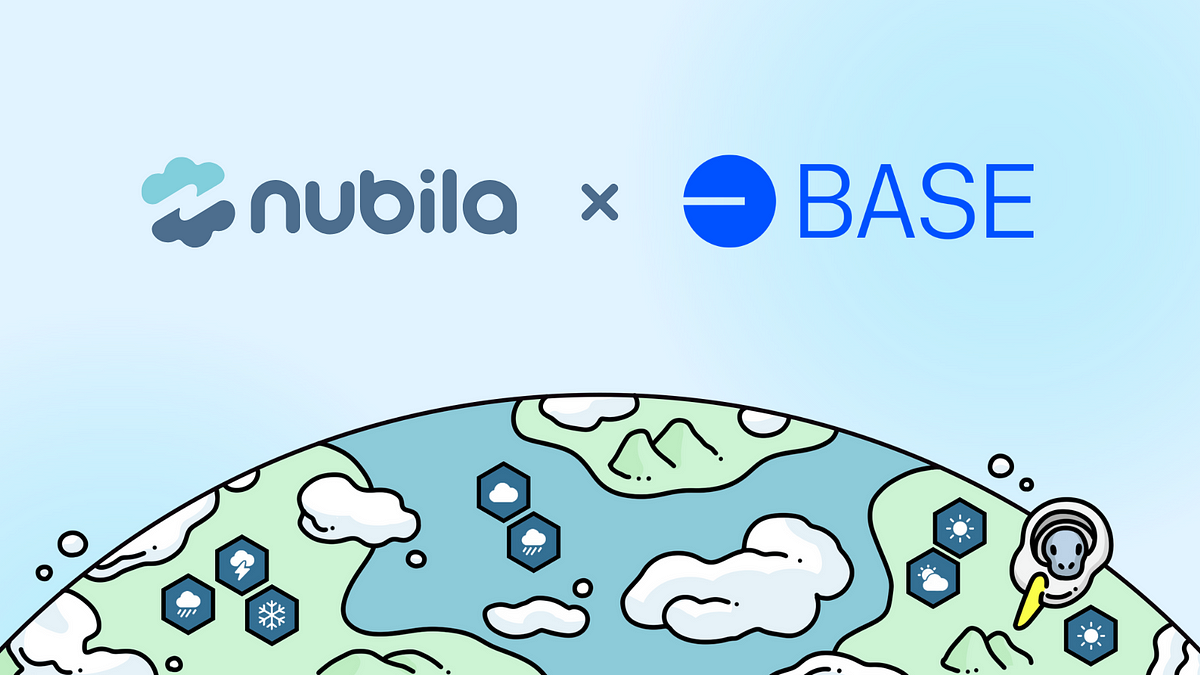
9 months ago
Nubila X Base: Transforming Real-World Data with Machine-AI
Nubila X Base: Transforming Real-World Data with Machine-AI
Nubila has received a grant from Base, an Ethereum Layer 2 solution, to enhance its position as a leading real-world data oracle. This collaboration aims to leverage MachineFi and Machine-AI to revolutionize autonomous systems and decentralized economies. By bridging physical infrastructure with actionable insights, Nubila is empowering industries to innovate faster and AI systems to make smarter decisions.
With Base's support, Nubila is expanding its global network of weather stations, enhancing AI-driven insights, and promoting transparent data access. This partnership signifies a significant advancement in the era of Machine-AI and DePIN, enabling intelligent automation, decentralized decision-making, and sustainable growth.
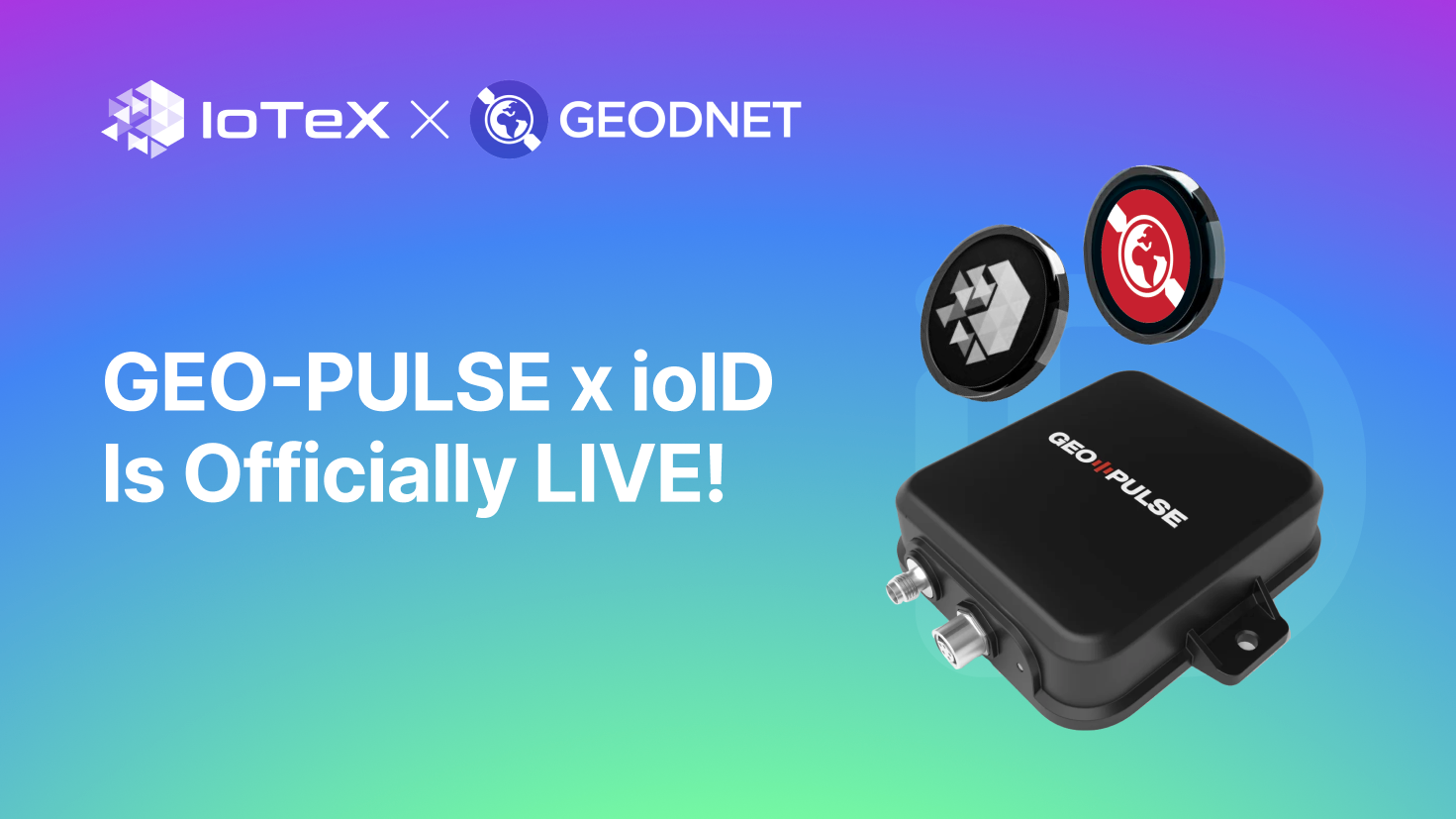
9 months ago
IoTeX and GEODNET's Collaboration for GEO-PULSE x ioID
IoTeX and GEODNET's Collaboration for GEO-PULSE x ioID
IoTeX and GEODNET have launched a groundbreaking collaboration for GEO-PULSE x ioID, marking a significant milestone in the blockchain industry. The integration of ioID and W3bstream into GEODNET's new GEO-PULSE device brings verifiability to DePIN devices and kickstarts IoTeX's DePIN x AI data pool using real-world data. This collaboration sets a new standard for DePIN verifiability, offering users the opportunity to earn rewards in $GEOD and $IOTX tokens by completing quests and verifying location data.
The collaboration has activated the end-to-end tech stack that powers the GEO-PULSE device, which is now being shipped to early adopters. Users can register their devices, complete driving quests, and share location data to earn tokens. The GEO-PULSE device, known for its high-precision lane-level positioning, collects valuable real-world information verified through IoTeX's technology stack, including ioID and W3bstream.
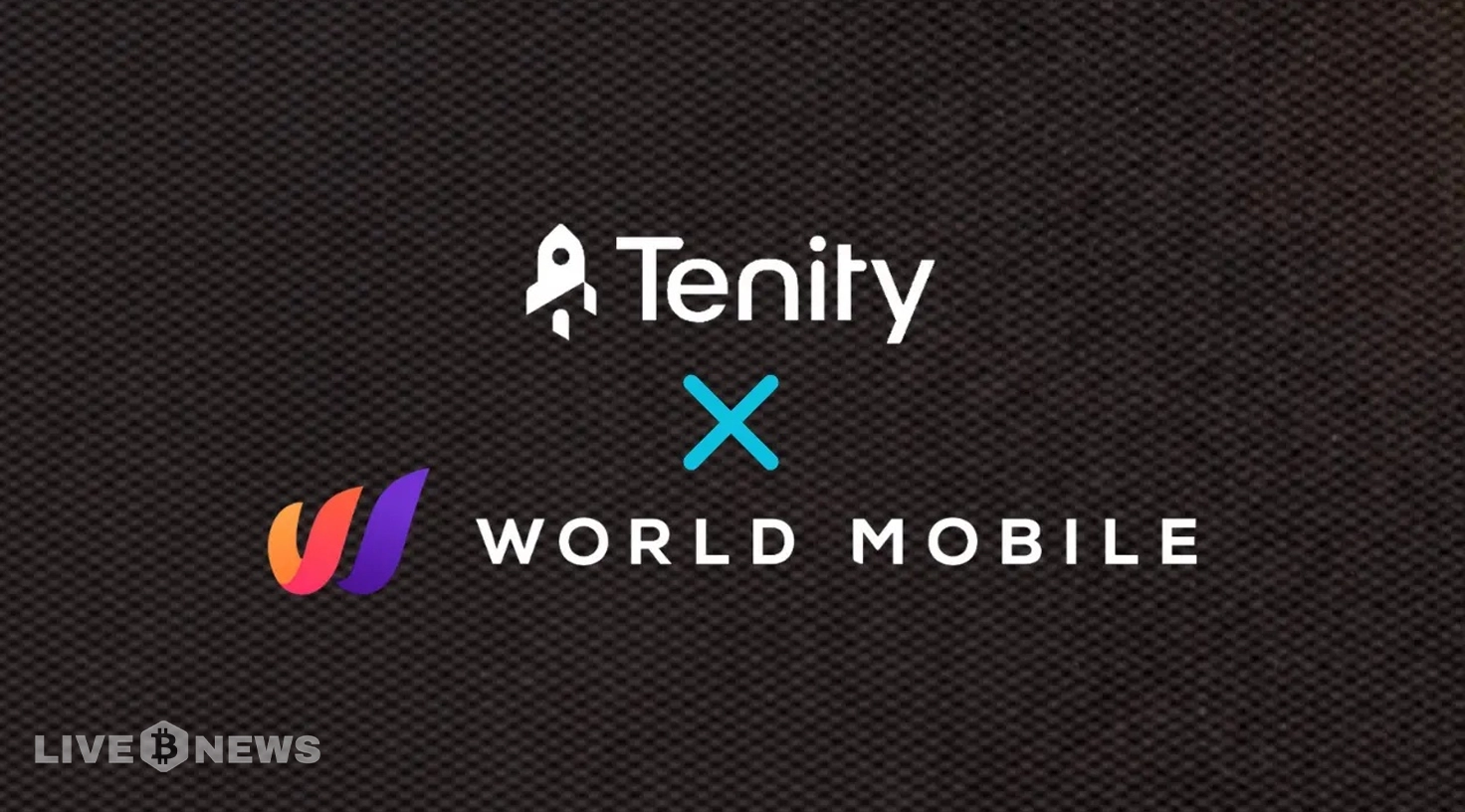
9 months ago
$25M Funding Promotes DePIN Innovation and Decentralized Communication
$25M Funding Promotes DePIN Innovation and Decentralized Communication
World Mobile, a decentralized wireless network, and Tenity, a global leader in startup acceleration, have announced a $25 million Grant Program to accelerate innovation in the Decentralized Physical Infrastructure Network (DePIN) ecosystem. The program aims to integrate decentralized technology with the physical world, sparking a new wave of blockchain-driven solutions. Grants starting from $5,000 are available for both established enterprises and emerging entrepreneurs, covering key challenges in decentralization, blockchain adoption, governance, and connectivity in underserved regions.
Tenity, known for its experience in supporting startups and fostering collaborations with industry giants like VISA, Microsoft, and Ripple, will select and support projects aligned with the goals of the World Mobile Chain (WMC). Micky Watkins, CEO of World Mobile Group, emphasized the partnership with Tenity to ensure impactful project funding and scalable innovation in telecoms, extending connectivity. The WMC, a Layer 3 blockchain tailored for DePIN, recently launched its public testnet, attracting top talent with its high-performance platform dedicated to innovation. Andreas Iten, CEO of Tenity, highlighted the initiative's aim to push boundaries in blockchain and decentralized infrastructure, guiding projects toward meaningful impact in the DePIN ecosystem. The grant program focuses on decentralized communications, cross-chain interoperability, on-chain security, decentralized identity management, and tokenization of real-world assets, all supported by the EVM-compatible Layer 3 blockchain, the World Mobile Chain (WMC). This $25 million Grant Program marks a significant stride in establishing a fully decentralized, people-centric telecom ecosystem, fostering collaboration between innovators and investors to create transformative blockchain solutions.

9 months ago
Theta EdgeCloud Adds DeepSeek LLM
Theta EdgeCloud has integrated DeepSeek-R1, a cutting-edge large language model developed by Chinese AI startup DeepSeek. DeepSeek-R1 delivers performance comparable to models like OpenAI’s ChatGPT, Mistral’s Mixtral, and Meta’s LLaMA while using significantly fewer computational resources. By supporting DeepSeek-R1, Theta EdgeCloud, a decentralized GPU cloud infrastructure, enhances AI efficiency and accessibility. DeepSeek’s innovations, such as multi-head-latent-attention (MLA) and FP8 precision quantization, allow advanced LLMs to run on consumer GPUs, making high-performance AI more accessible to developers, researchers, and small-scale enterprises without relying on expensive centralized cloud infrastructure.
Theta EdgeCloud’s decentralized architecture provides scalability by dynamically allocating GPU nodes based on demand, eliminating the need for costly physical infrastructure expansion. This approach also reduces costs by leveraging underutilized computational power, enabling users to pay only for the resources they consume. In addition to being cost-efficient, Theta EdgeCloud promotes sustainability by distributing AI processing across multiple locations instead of relying on energy-intensive data centers.
With this integration, Theta Labs continues to push the boundaries of decentralized AI infrastructure, offering a more cost-effective, scalable, and environmentally friendly alternative for AI model training and inference.
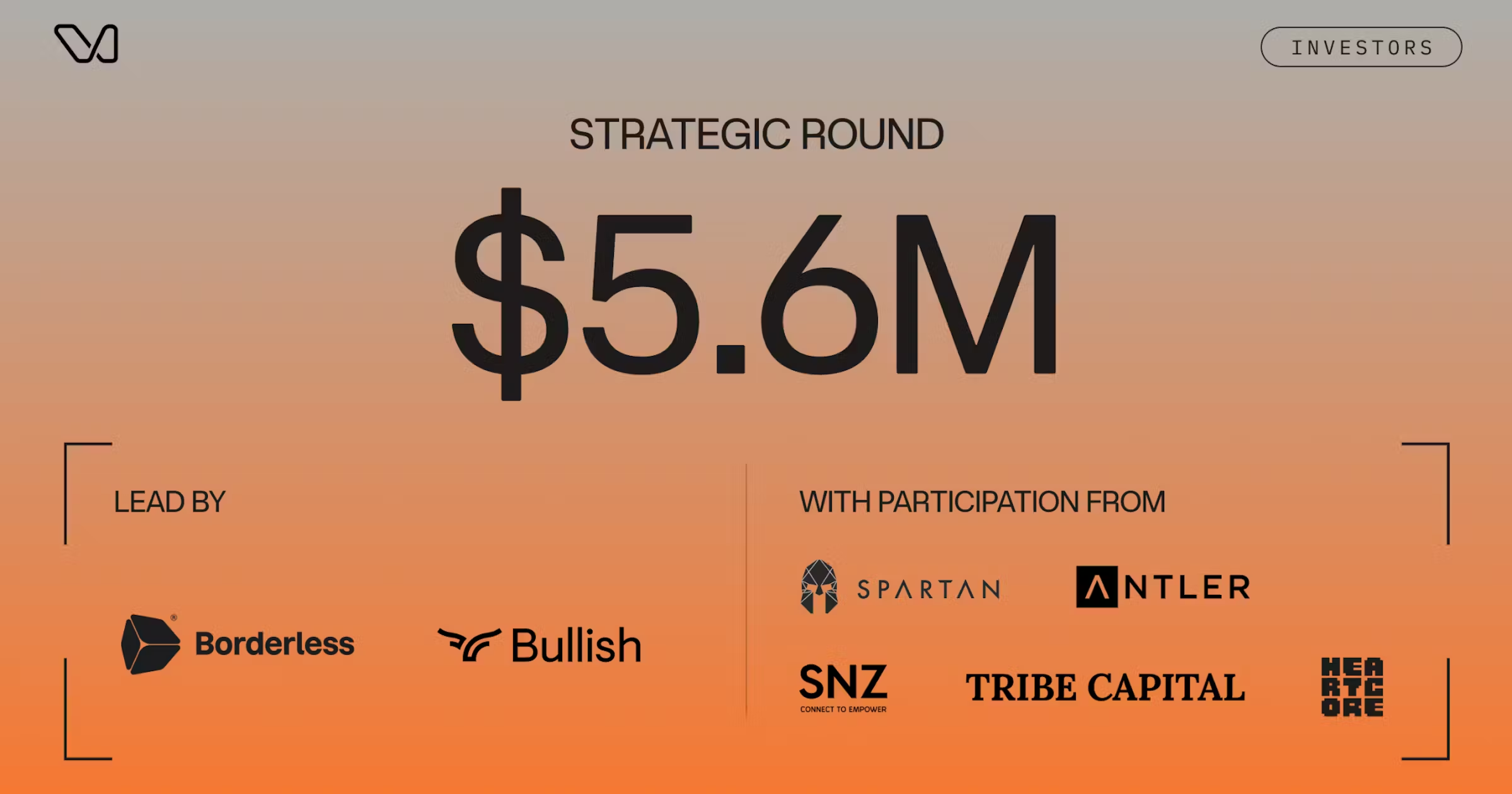
9 months ago
Wingbits Raises $5.6M to Revolutionize Rewards-Based Plane Tracking with DePIN Technology
Wingbits Raises $5.6M to Revolutionize Rewards-Based Plane Tracking with DePIN Technology
Wingbits, the Web 3.0 startup based in Stockholm, Sweden, has secured $5.6 million in funding led by Borderless Capital and Bullish Capital, with support from Spartan Group, Tribe Capital, Antler, SNZ, and Heartcore. This funding round brings Wingbits' total funding to $9.2 million as they introduce the first decentralized physical infrastructure network (DePIN) for aviation. The company aims to become the largest airplane tracking network globally by implementing well-designed incentives and execution strategies, as stated by Álvaro Gracia, Partner at Borderless Capital.
This recent funding follows a $3.5 million seed round just six months ago, supported by investors like Borderless Capital, Tribe Capital, and Antler. Co-founded by Robin Wingardh and Alex Lungu, Wingbits has experienced rapid growth, expanding its network at a rate six times faster than any previous flight tracking system. Alasdair Foster, CEO of Bullish Capital, expressed excitement about partnering with Wingbits, highlighting their disruptive approach to the flight tracking industry by utilizing blockchain to incentivize high-quality data supply.

10 months ago
Senator Lummis Advocates for US Strategic Bitcoin Reserve
Senator Lummis Advocates for US Strategic Bitcoin Reserve
Senator Cynthia Lummis is expected to make a significant announcement today at 10 a.m., potentially unveiling a major development in her ongoing efforts to establish a US strategic Bitcoin reserve. Lummis, known for her advocacy in this area, has hinted at the importance of the upcoming announcement through social media posts. The announcement follows her introduction of the BITCOIN Act in July 2024, which proposes that the US Treasury acquire 1 million Bitcoins over five years, with a mandatory 20-year holding period to address inflation concerns and strengthen the dollar.
The speculation surrounding Lummis's announcement today centers on her potential selection as chair of the digital assets subcommittee within the Senate Banking Committee. While the focus of the announcement remains uncertain, there is anticipation that it may align with updates on the US strategic Bitcoin reserve. The proposed Bitcoin reserve strategy has garnered support for its potential to enhance the US dollar's stability by incorporating Bitcoin as a complementary asset.

10 months ago
Roam Launches Pilot Burning Pool for $ROAM Token Exchange
On January 24th at 6 PM (UTC+8), Roam will officially launch its "Pilot Burning Pool," allowing users to exchange $ROAM tokens by burning Roam Points. This initiative coincides with the Spring Festival and aims to familiarize users with the burning pool mechanism while maximizing the benefits of Roam Points. Users can contribute a minimum of 500 Roam Points and select a burning period. The burning pool features a dynamic conversion rate that varies based on the total burned points and the number of tokens generated during specific time frames, encouraging users to choose optimal burning timings for better returns. After the Token Generation Event (TGE), users can claim their generated $ROAM tokens in their personal Roam wallets.
The burning pools consist of three distinct categories: the General "Burning" Pool, which is open to all Roam users for a straightforward participation experience; the Miner "Burning" Pool, tailored for Roam router holders, offering a higher exclusive conversion rate; and the Sticker "Burning" Pool, specifically for Roam Sticker holders, where the burnable points are determined by the number and rarity of their Stickers. Notably, burned Roam Points will be permanently destroyed, while users can earn points through various activities such as adding WiFi nodes, checking in, and inviting friends. Additionally, miner users can enhance their points through mining activities and deploying routers.
Roam has seen significant growth, with over 2.5 million registered users across more than 200 countries and regions, and boasts over 1.5 million self-built WiFi nodes. According to the Messari 2024 DePIN report, Roam ranks among the top five DePIN projects globally, with over a million active nodes, maintaining its position as the leader in the DePINscan hardware node rankings. ChainCatcher advises readers to approach blockchain developments with a rational mindset, enhance their risk awareness, and exercise caution regarding virtual token issuances and speculative activities.

10 months ago
io.net Achieves SOC 2 Compliance, Strengthening Its Position in the DePIN Market
io.net, a leading decentralized physical infrastructure network (DePIN) protocol, has recently achieved Service Organization Control 2 (SOC 2) compliance, marking a significant milestone in its commitment to security and operational transparency. This certification indicates that io.net has undergone rigorous audits to ensure its systems are secure and that it adheres to high standards of data integrity. Gaurav Sharma, the technology chief of io.net, emphasized that this achievement not only benefits all users but is particularly appealing to enterprises that require partnerships with organizations maintaining top-tier data protection standards.
Achieving SOC 2 compliance is often regarded as the gold standard in data security, providing io.net with a competitive edge in the market. The certification validates the protocol's robust security controls and standardized processes, which are crucial for defending against potential exploits and breaches. With a vision of offering decentralized GPU compute solutions, this certification lays a solid foundation for the protocol's future growth and expansion, allowing it to operate on a global scale while competing with industry-leading security standards.
The DePIN sector, valued at approximately $27.9 billion, has seen significant trading activity, with io.net's native token, IO, ranking among the top 20 protocols in this space. With a market cap of $389 million, IO has demonstrated resilience and growth potential despite recent market fluctuations. Furthermore, io.net's collaborations with AI protocols, such as Injective and Alpha Network, aim to explore the intersection of blockchain and AI, positioning the protocol for potential leadership in the DePIN market in the near future.
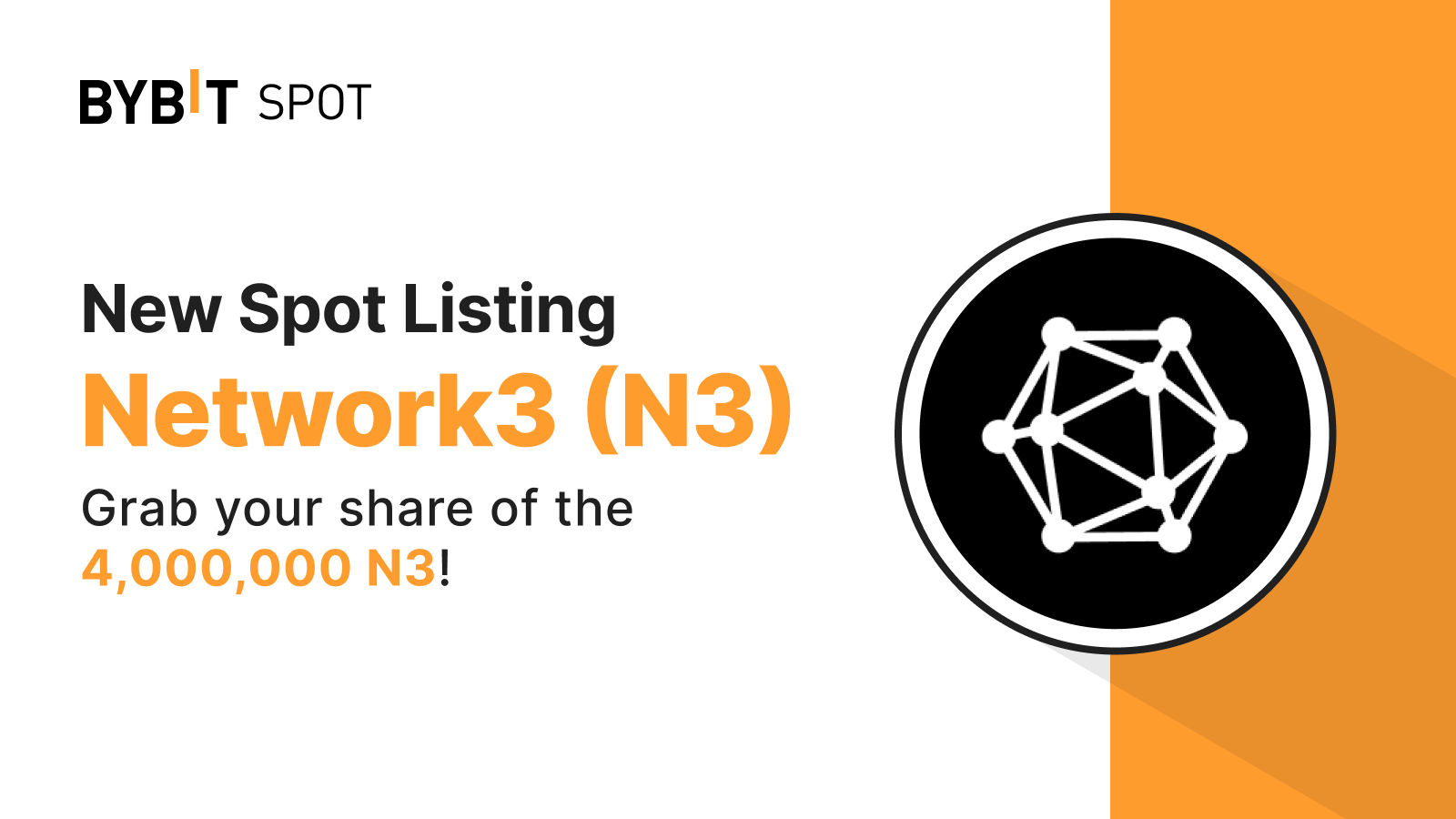
10 months ago
Bybit to List Network3 (N3) with Exciting Events
Bybit has announced the upcoming listing of Network3 (N3) on its Spot trading platform, with a timeline set for deposits, trading, and withdrawals. N3 deposits will open on January 21, 2025, at 10 AM UTC, followed by the listing on January 22, 2025, at 8 AM UTC. Withdrawals will commence on January 23, 2025, at 10 AM UTC. Users will be able to trade N3 via Spot Grid Bots, and deposits and withdrawals will be facilitated through the Solana network, enhancing the trading experience for users.
To celebrate the listing, Bybit is hosting two special events aimed at rewarding users. The first event, titled "Token Splash - New User Exclusive," runs from January 21 to February 5, 2025. New users who register and complete identity verification can earn from a prize pool of 2,800,000 N3 by depositing at least 2,000 N3 or trading 100 USDT worth of N3. The first 4,666 new users to meet these criteria will each receive 600 N3. The second event, also called "Token Splash," invites users to trade at least 200 USDT worth of N3 during the same period to share in a 1,200,000 N3 prize pool, with rewards capped at 16,000 N3 per user.
Network3 is a pioneering technology focused on creating a decentralized edge AI infrastructure. It utilizes advanced technologies such as AI model optimization, federated learning, and edge computing to support global AI developers in enhancing their model inference and training processes. With over 570,000 active nodes across 188 countries and a download volume exceeding 50 million, Network3 is positioned as a leader in building a fair and efficient AI ecosystem. The upcoming listing on Bybit marks a significant milestone for both the platform and the N3 project, promising exciting opportunities for traders and investors alike.
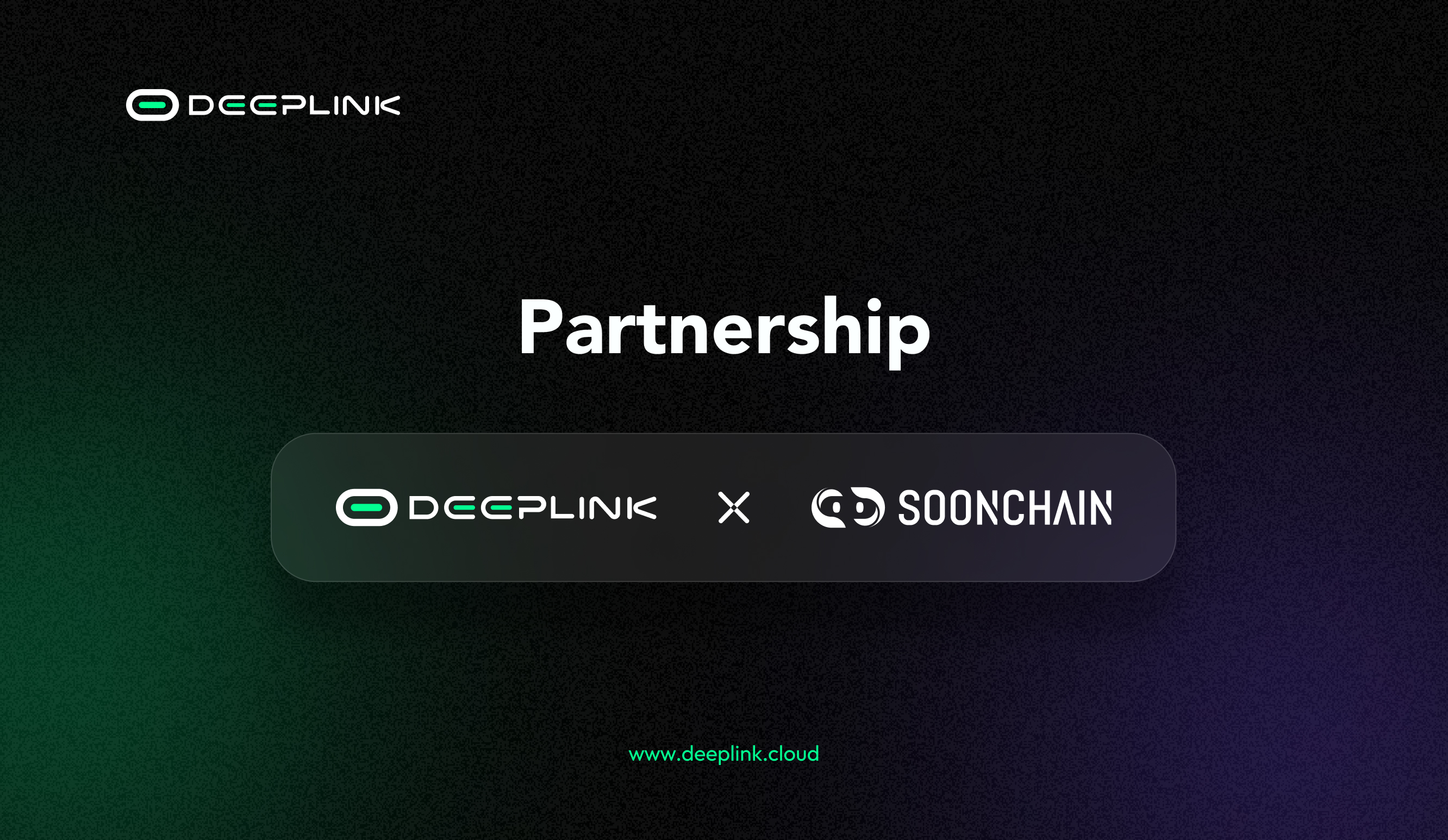
10 months ago
DeepLink and SoonChain Join Forces to Revolutionize Web3 Gaming
DeepLink has signed a strategic cooperation with SoonChain, an AI Layer-2 blockchain gaming platform that aims at changing the landscape of Web3. The partnership integrates SoonChain’s state-of-the-art AI-Generated Gaming (AIGG) solution, which helps game developers design engaging blockchain games.
The use of AIGG technology erases conventional programming elegance and brings Web3 gaming to the mass market. This toolset is designed to create opportunities to work more efficiently in producing a captivating game while at the same time opening doors for more creativity within the video game market. In this integration, both companies aim to share equal opportunities and early access to the gaming industry since there are few middlemen.
Accessibility Initiative for Developers and Gamers
SoonChain is a single platform that connects Artificial intelligence, decentralization physical infrastructure networks (DePIN), and massive GPU computations with AAA games standards. The integration with DeepLink will allow developers to create games and the platform will be designed in such a way to not need profound technical skills to create the game, thus making the industry available for everybody and definitely indie teams.
Also, it encourages the decentralization of gaming opportunities as part of the strategy to increase their availability. This approach is in line with the Web3 worldview of handling as many intermediaries as possible and providing users with control and ownership over their gaming.
DeepLink and SoonChain Offering a Decentralized Framework for Innovation
DeepLink and SoonChain provide a vision of an open and decentralized space aiming at attracting developers and gamers for cooperation and creation of new opportunities without typical limitations. Developed on DeepBrainChain architecture, the cooperation integrates AI cloud gaming protocols that are based on decentralization, which is beneficial for growing and optimizing games.
This partnership involves the integration of AI powers with blockchain, which emphasizes the concern with the separation of a new frontier in game development. It symbolizes a quantum leap in the use of artificial intelligence and decentralized applications to deliver unique gaming solutions for a global clientele.
* [https://blockchainreporter.net/deeplink-and-soonchain-join-forces-to-revolutionize-web3-gaming/ ](https://blockchainreporter.net/deeplink-and-soonchain-join-forces-to-revolutionize-web3-gaming/)
Signup for latest DePIN news and updates